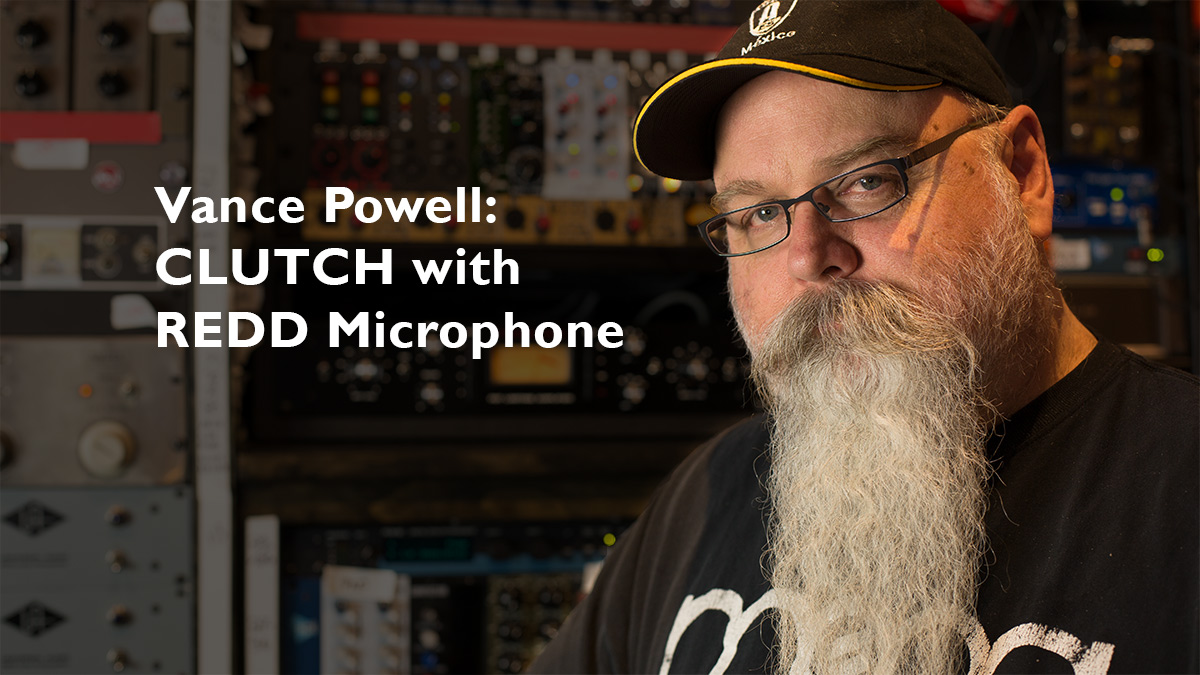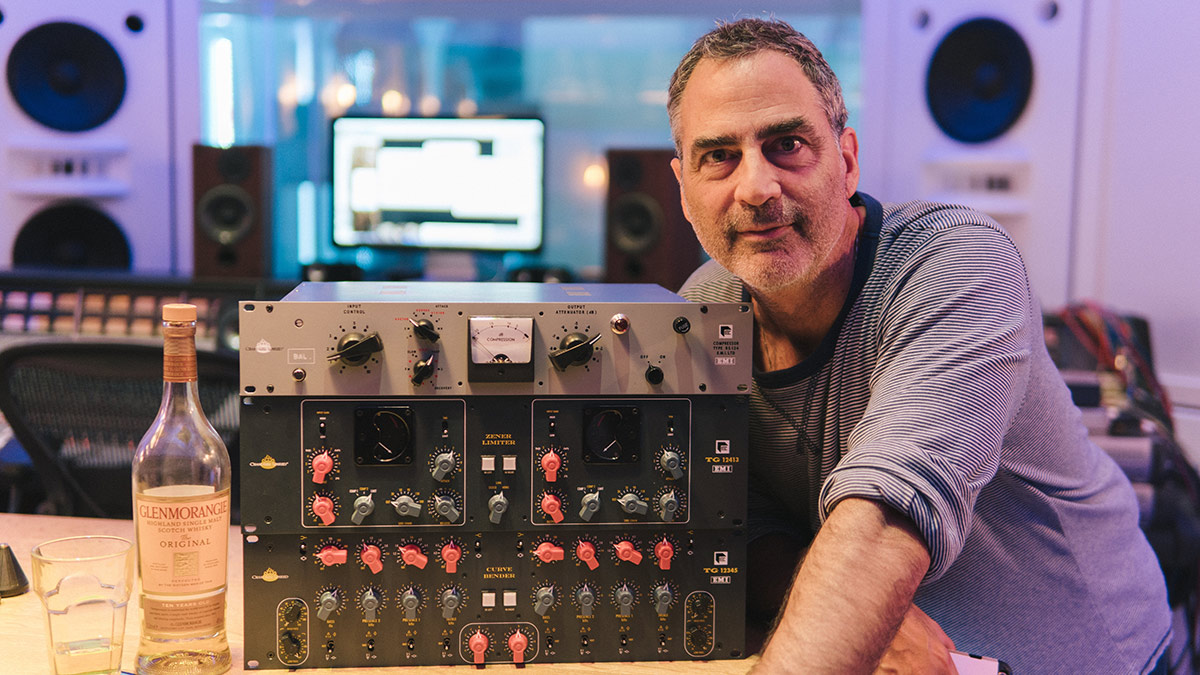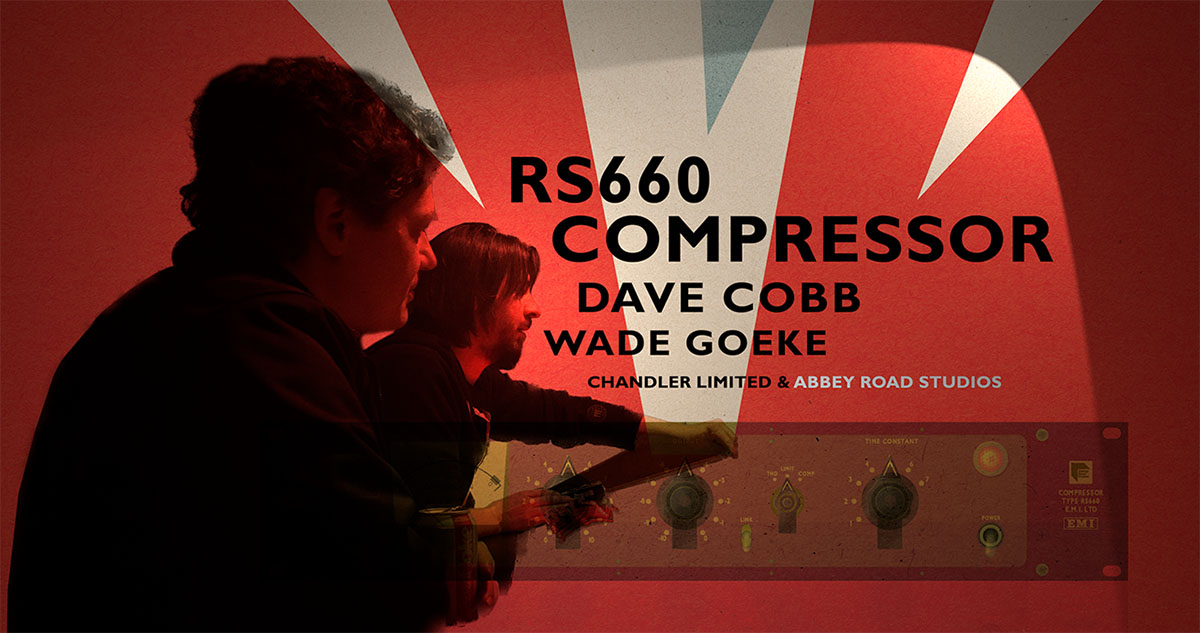Germanium Tone Control Rackmount Equaliser
by: Hugh Robjohns
Sound on Sound – Nov. 2007 Volume 23 Issue 1
Beneath this innocent exterior lies a growling analogue beast that can help you create some truly unique sounds. . . There are any number of high-quality equalizers on the market, and at this price level all are very competent in what they do. But none I know of match the versatility, musical expressiveness and sheer creativity possible with the Chandler Tone Control.
Chandler’s range of ‘vintage-revisited’ analogue audio equipment (preamps, equalizers, compressors and so on) has been growing steadily over recent years, having first come to the market with recreations of EMI’s infamous TG desk modules, as used at Abbey Road (amongst other leading EMI studios). More recently, the bespoke designs of the Germanium Series have been taking the spotlight, and I reviewed the Germanium preamp last year (SOS November 2006). The Germanium series relies upon (as the name suggests) germanium transistors instead of the more usual silicon devices. Germanium technology bridged the gap between the valve era and silicon-based solid-state designs for a few years back in the 1960s, but was quickly overhauled by silicon devices because of their superior performance, reduced power consumption and improved reliability. However, this ‘germanium period’ coincided with the rapid growth of the popular music industry in the 1960s, and some of the sonic flavour of records of that time can be fairly laid at the door of germanium-based equipment like EMI’s early TG mixers, Neve’s early mixers and some of the classic Fairchild and Telefunken products of that era. Germanium transistors weren’t the only factor in these designs. They also tended to use high voltage (by modern standards) power rails, class-A topologies, and transformer coupling, but the combined effect produced a certain sonic character or colour that is an intrinsic part of our collective musical memory. On the down side, germanium preamps could rarely be described as transparent in modern terms, and were always fairly noisy, but if used sensibly, with due care and attention paid to gain structures, were quite capable of delivering very acceptable results. Chandler’s Germanium Series products are designed specifically to bring the sonic character of germanium transistors to the fore, and are constructed in the ‘traditional’ way, with a high, 40V single-sided power rail, high quiescent currents and class-A configurations, with transformers to accommodate the balanced inputs and outputs. To complete the vintage effect, the knobs and buttons are all in the EMI TG style too. Overview The Germanium Tone Control is a single-channel, 1U rack mount box with a separate PSU module, just like the Germanium preamp. It can be used as a gain stage on its own (there is about 25dB of gain available) but is fundamentally a three-band equalizer – although unlike any you have previously used! The rear panel carries just three XLRs: two for the balanced audio in and out, and a third (four-pin) socket for the power cable from the separate PSU.
The PSU module is fitted with an IEC mains inlet and two four-pin output XLRs, enabling a pair of Tone Controls or other Germanium Series products to be powered from the one PSU. There is also a pair of binding posts to link (or float) the mains safety and audio earths. The front panel has a large on-off rocker switch and fuse-holder, with a red LED to show when the device is powered. The linear power supply can be configured for different mains voltages via an internal switch.
It’s fair to say that this new Tone Control product builds upon the success of the earlier Germanium preamp. In fact, even its amplifier design, complete with separate Gain and Feedback controls, is borrowed from that unit. Coupled to this gain stage is a split equalizer stage that combines a passive bass equalizer with active mid and high sections. In keeping with the vintage design philosophy, the equalization circuits incorporate proper wired inductors, too.
The front panel of the Tone Control is clearly and logically laid out, with plenty of space between the controls. The main gain section at the left-hand side is enclosed within an oval line, with separate grey knobs for Gain and Feedback – the former being a rotary switch and the latter an ordinary pot. Both are simply scaled 0-10 (although the Gain control operates in 3dB steps) and both affect the overall gain of the amplifier stage. With the controls both at zero, gain through the box is roughly -30dB, while if both are at 10 the gain is about +25dB.
Most modern amplifier designs involve ‘negative feedback’, which is where some of the output is fed back to the input in opposite polarity. This obviously reduces the overall gain, but, more importantly, it linearises the frequency response, reduces distortion, lowers noise and improves overall accuracy… in most cases. The amount of negative feedback is normally fixed at the design stage, but in the Germanium series designer Wade Goeke has allowed the user to adjust the amount of feedback. Doing so not only affects the gain, but also the amount of harmonic distortion, the noise floor, the frequency response and the amplifier’s ‘stabilization’ (its tendency to ‘ring’ with transients).
In practice, low settings of the feedback control result in reduced gain, but increased distortion and a slightly diminished low-frequency response. High settings have higher gain with much lower harmonic distortion, coupled with a slight bass boost and treble roll off. So the Feedback control really determines the overall sonic character of the equalizer, and the Gain control then allows the signal level to be set as desired. A rough rule of thumb is that unity gain (with the EQ flat) is achieved when the sum of the Gain and Feedback control setting is between 10 and 12.
Equaliser Section
The equalizer section is divided with screen graphics into three sections: Thick, Presence and Treble. A pair of large rectangular push-buttons allow the passive bass (Thick) section and the active Presence and Treble sections to be bypassed, and pressing both buttons obviously bypasses all the equalization in one go. Each separate EQ section also has its own bypass mode (accessed by switching the corresponding frequency control to the Out position).
The passive bass equalizer is provided with separate boost and cut sections, each with their own frequency controls. All of the knobs here are rotary switches, with the small grey boost and cut controls scaled 0-10. The frequency switches have larger yellow knobs and the cut sections offers settings of 320, 240, 200, 150, 60, 40, 30 and 20Hz, plus ‘Out’. The Boost section has a different set of frequencies (220, 110, 90, 70, 50 and 35Hz), chosen deliberately to allow simultaneous boost and cut settings to interact in an interesting and creative way.
To further enhance the flexibility of this section, there is also a metal toggle switch offering interactive and independent modes. The interactive mode configures the EQ to work in the same way as the classic Pultecs, so that you can create complex EQ shapes by boosting and cutting simultaneously at different frequencies. The independent mode gives the cut section priority, and reduces how much the two sections interact: it’s more like a conventional console EQ section in many ways, and certainly delivers a different kind of sound.
Interestingly, the choice of frequencies has been optimized for the different modes. For example, the lowest four cut frequencies are designed mainly for use in independent mode, to remove subsonic rumbles with slopes of 18dB/octave, and the effect can be enhanced further by boosting at a frequency just above the cut frequency. The top four cut frequencies are optimized for interactive mode, with a shelf response, allowing wider interaction with the boost section. Like other products from Chandler’s Germanium line, the controls aren’t necessarily intuitive for precise EQ work, but they aren’t intended to be: the parameters interact in a way that’s designed to help create unique sounds.
The boost section can be switched (via another toggle switch) between bell or shelf curves, and at maximum boost provides something like 18dB of gain. Passive bass equalizers have to use inductors as a part of the frequency-selective circuitry, and many people associate a ‘phat’ or dense bass sound with that technology – and it is certainly present in spades here.
The sonic flexibility of this equalizer section is impressive, but it takes quite some experience of using it to develop any confidence in rapidly choosing optimal settings. For most, I think trial and error will be the order of the day, because the control interactions are not particularly intuitive.
I found that the Independent mode works best when the need is to tighten and clean up the bottom end, whereas the Interactive mode is better suited for occasions when you want to expand the bottom end and make a track sound fuller.
The active sections (Presence and Treble) are far more conventional in operation, but even these have unusual aspects. Both sections have switched frequency controls with large yellow knobs, and continuous rotary gain controls (scaled from zero at the top centre to 10 at each end) for cut and boost. My only complaint here is the lack of a centre detent, but that is a minor point.
The Presence section provides a comprehensive range of frequency choices (8300, 6200, 4100, 3300, 1200, 800, 500 and 300Hz), with 15dB of gain range available. This EQ stage also employs inductors, but the real twist in the design is that the bandwidth (Q) of the bell filters varies with the frequency setting in a carefully thought-out way. The three lowest settings have a fairly narrow bandwidth, so that they can be used to reduce the muddy mid-range of sources without damaging the surrounding areas. The two middle frequencies (1200 and 3300Hz) are a little wider, while the top three settings have very broad bandwidths, to allow gentle and smooth brightening effects. The selections certainly work in practice, and at no time did I wish to change the bandwidth settings.
The Treble section offers a generous 18dB of boost or cut with eight frequency settings (20, 16, 12, 8.2, 6.8, 4.7 and 3.9kHz), and another toggle switch allows bell or shelf modes. The bell mode is set up with wider bandwidths than the Presence section, and the centre frequencies are deliberately interspersed with those of the Presence section, to afford a greater range of tonal variation between the two.
In Use
Like other Chandler products, the Germanium Tone Control feels solid and robust, like a professional piece of kit in the old-school style. I’m not a huge fan of separate power-supply modules, not least because of the inconvenience of having to find somewhere to mount them, but at least the unit supplied with the Germanium products can power two rack units if necessary. A point to bear in mind, though, is that this means that many retailers price and offer the PSU separately from the rack unit itself. The design of the Tone Control, from an operational point of view is, well, unusual. The up-side is that it affords an unusually flexible range of tonal colours, but the down-side is that obtaining the sound you want is far from intuitive much of the time, because the way the parameters vary within each control is not obvious from the panel graphics, which often adds to the confusion (or surprise!). For those users with engineering heads on their shoulders, comprehending what is going on behind the panel is not obvious, and the learning curve is therefore quite steep – but the rewards are definitely worth it. For the more ‘artistically minded’, who just relay on twiddling knobs in the hopes of stumbling across something that sounds good, this box if fantastic fun, and often produces serendipitous surprises.
I wouldn’t say there was anything particularly innovative about any individual aspect of this equalizer, but the combination of facilities and features is unique and certainly allows very sophisticated and creative tonal shaping that few (if any) other devices can match. It is quite easy to introduce a full, powerful bass end, or to boost the highs without the sound becoming edgy or overly sharp – and in both cases the sound is best described as creamy analogue at its best! At the same time, controlling an unruly bottom end is remarkably easy, as is enhancing the intelligibility of a vocal track without losing its musical character.
Naming the bass section ‘Thick’ is very apposite, as thickening weedy-sounding instruments is a forte of the Tone Control – but it manages to do so without adding boominess or muddying things up. The Treble section also deserves special praise: I had almost forgotten what really good analogue EQ could do to bring ‘air’ and sparkle to a track without introducing harshness or emphasizing sibilance.
However, the one adjective that can’t be applied to the Tone Control is transparent. That’s not what it’s about at all – this device is intended to introduce character, either through the EQ or even just the buffer amp section itself. For that reason, the technical specifications are largely irrelevant: we all know there are much quieter equalizers out there, and many with far lower distortion figures (although there are very few that can match the amazing headroom on offer here!).
Verdict
The bottom line is that this box is inherently musical, and it does quite amazing things to whatever source you use it on, often without you really understanding how or why! Kick and snare drums, basses, electric and acoustic guitars, vocals – you name it, you’ll find a way to enhance it with the Germanium Tone Control. I wouldn’t necessarily recommend this product for the ‘serious music’ fraternity, but for rock and roll applications, this is a seriously impressive tool to have on hand. What would be even better is a stereo version for bus and mastering applications – sure, you could buy two units and set them up together, but a stereo version with a single set of controls would be easier and quicker to use.
There aren’t many products that come my way which genuinely surprise me, but this Chandler Tone Control is one of the few. It does so much more than it looks like it should, and it does those things so much better than anything else I can think of. If you want interesting and musical EQ, this is it. Start saving your pennies now!
—Hugh Robjohns






